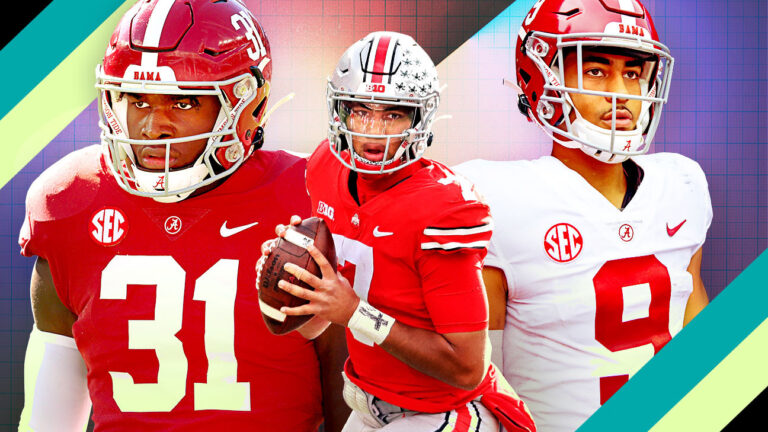When you think of American politics, you probably picture a fierce battle between two giants: the Democratic Party and the Republican Party. But have you ever wondered if there’s more to the story? Surprisingly, How Many Political Parties Are There in the USA beyond just these two, though they often don’t receive as much attention. Let’s dive deep into the political landscape of the USA and explore the diverse array of parties shaping the country’s future.
The Two Major Political Parties in the USA
Before we explore the lesser-known players, it’s essential to understand the two political giants: the Democratic Party and the Republican Party. These two dominate American politics and have done so for over a century.
History of the Democratic Party
The Democratic Party is the oldest existing political party in the United States, founded in 1828. With a long and storied history, the party has evolved over time, moving from its earlier conservative roots to its modern progressive stance. Today, the Democratic Party tends to focus on social equality, climate change, healthcare reform, and economic justice.
History of the Republican Party
Formed in 1854, the Republican Party, also known as the GOP (Grand Old Party), arose as an anti-slavery faction. Since its inception, the Republican Party has undergone numerous transformations. Today, it champions principles such as limited government, lower taxes, and free-market capitalism, making it the dominant conservative party in the country.
Beyond the Two-Party System: Third Parties in the USA

While the Democrats and Republicans dominate, they are by no means the only political parties in the country. The American political system may make it hard for third parties to thrive, but many exist, offering alternative viewpoints and ideologies that may not align with the two major parties.
The Role of Third Parties in US Politics
Third parties, while not holding significant power in national elections, serve an important role. They push major parties to address issues that might otherwise be ignored, and they often serve as a political “pressure valve” for voters dissatisfied with the mainstream options. Over time, third-party movements have led to changes in political platforms and even the birth of new political movements.
Examples of Notable Third Parties
Some third parties have made enough waves to become household names, even if they don’t win major elections. Let’s take a look at some of these notable third parties.
The Green Party
Founded in 2001, the Green Party promotes a progressive platform centered around environmentalism, nonviolence, social justice, and grassroots democracy. The party’s commitment to these issues makes it a strong advocate for policies aimed at combating climate change, reducing income inequality, and promoting sustainability.
Ideology of the Green Party
The Green Party believes in building a more sustainable world, not just in terms of the environment but also in terms of social and economic systems. They call for deep reform in economic policy, urging for a transition away from fossil fuels and towards renewable energy, and pushing for policies that support economic justice for all.
The Libertarian Party
As the third-largest political party in the USA, the Libertarian Party advocates for maximum individual freedom and minimal government intervention. Founded in 1971, it positions itself as the party for those who believe the government should have as little involvement in people’s lives as possible.
Ideology of the Libertarian Party
The Libertarian Party focuses on civil liberties, free markets, and a non-interventionist foreign policy. Their slogan, “Minimum government, maximum freedom,” highlights their commitment to reducing the size of government, cutting taxes, and increasing personal freedoms.
Other Lesser-Known Political Parties in the USA
While the Green and Libertarian parties are the most well-known third parties, they aren’t the only ones. Many smaller political parties play specific roles in the political landscape, often advocating for niche issues or regional concerns.
The Constitution Party
The Constitution Party is a far-right political party that emphasizes a return to what it believes are the “original” principles of the United States Constitution. Founded in 1992, it promotes policies that are deeply conservative, both socially and economically.
Ideology of the Constitution Party
The Constitution Party advocates for a strict interpretation of the Constitution, a return to limited government, and traditional social values. It is heavily influenced by Christian values and often calls for a more theocratic approach to governance.
The Reform Party
Founded by businessman Ross Perot in 1995, the Reform Party was initially formed to offer a centrist alternative to the two major parties. It focuses on government reform, reducing the influence of special interests, and advocating for policies that prioritize fiscal responsibility and electoral reform.
Ideology of the Reform Party
The Reform Party supports common-sense, moderate policies, including reducing national debt, reforming the electoral system to make it more fair, and advocating for term limits for members of Congress. They pride themselves on being a “people-first” party that opposes extremism on both the left and right.
Impact of Political Parties on the US Electoral System
Political parties in the US play a significant role in shaping how elections function, particularly when it comes to the electoral college, campaign financing, and candidate endorsements.
Electoral College and Political Parties
The Electoral College is a crucial element of the US presidential election system, and political parties play a key role in shaping the strategies used to win this institution. Major parties tend to dominate the Electoral College, making it challenging for third-party candidates to gain significant ground.
How Third Parties Influence Major Elections
Even though third-party candidates rarely win national elections, they can influence outcomes by siphoning votes from major parties. For instance, some argue that third-party candidates have played “spoiler” roles in several presidential elections, such as Ralph Nader’s influence in the 2000 election.
Conclusion
While the United States is often seen as a two-party system dominated by the Democrats and Republicans, the reality is far more complex. Third parties like the Green Party, Libertarian Party, and many others offer alternative viewpoints, enriching the political discourse and providing outlets for those dissatisfied with the two major options. Understanding the diverse political landscape helps foster a more informed electorate and ultimately contributes to a more dynamic democracy.















